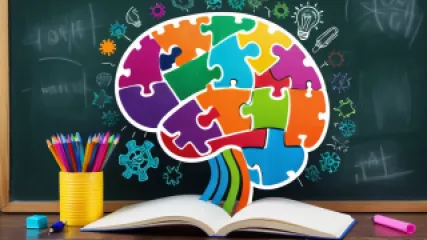How to Address the Impact of Bullying through Effective Counseling
1 year ago
Bullying Effects
How Does Green Living Impact Your Mental Health?
1 year ago
Psychology of Sustainability
10 Best Coaching Strategies Enhanced by Advertising
1 year ago
Impact of Advertising
Step-by-Step Guide to Conflict Resolution Coaching for Relationship Conflicts
1 year ago
Navigating Relationship Conflicts
Why Social Isolation Effects Are More Severe Than We Realize
1 year ago
Social Isolation Effects
Why Understanding Altruistic Acts is Crucial in Psychology
1 year ago
Psychology of Altruism
Mindfulness for Chronic Illness: Key Research Findings
1 year ago
Coping with Chronic Illness
What is the Most Effective Stress Management Program for Burnout Prevention?
1 year ago
Burnout Prevention
The Comprehensive Guide to Therapeutic Writing for Mental Wellness
1 year ago
Therapeutic Writing
How to Explore Neurodiversity Therapy Options
1 year ago
Neurodiversity
The Definitive Guide to Understanding Compulsive Behaviors
1 year ago
Understanding Compulsive Behaviors
10 Best Memory Improvement Techniques to Boost Your Brainpower
1 year ago
Memory Improvement
How to Use Food as Self-Care: A Psychology of Eating Guide
1 year ago
Psychology of Eating
How to Use Online Therapy for Social Anxiety Relief
1 year ago
Social Anxiety
Research Summary on Effective Expressive Arts Therapy Techniques
1 year ago
Expressive Arts Therapy














